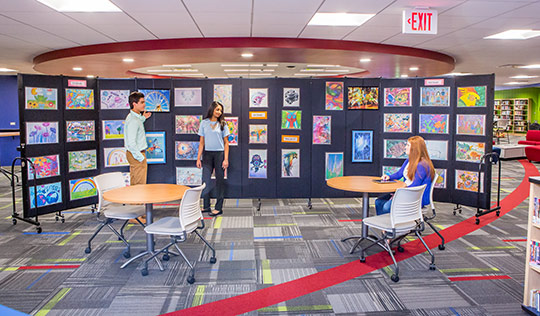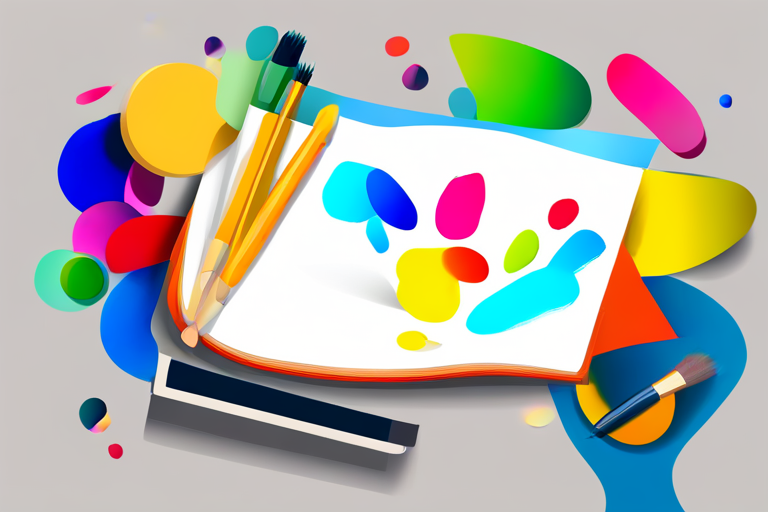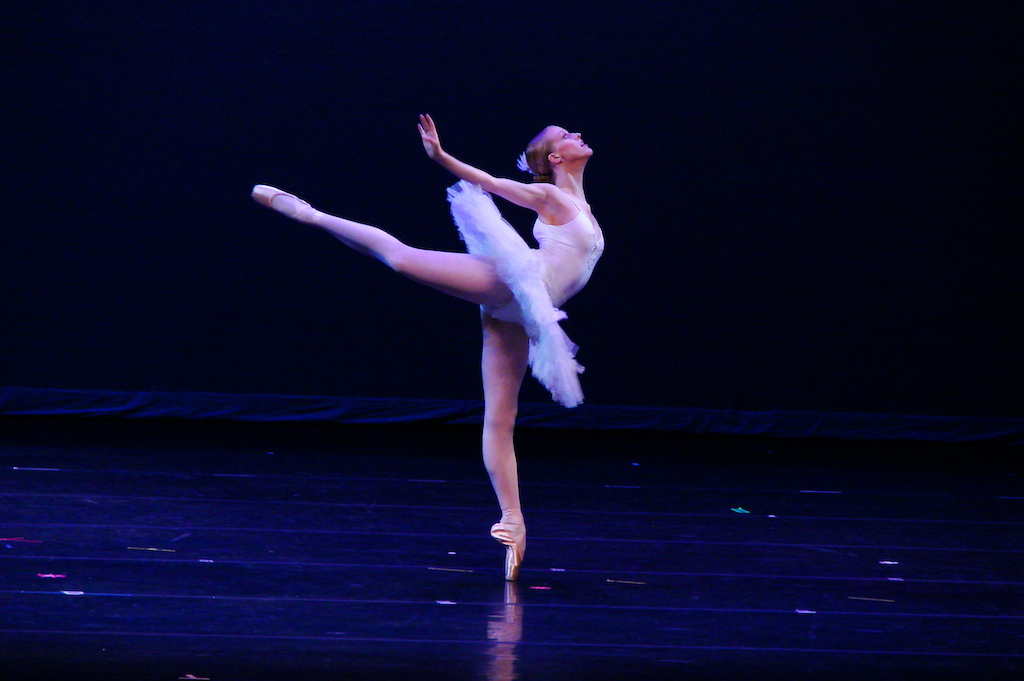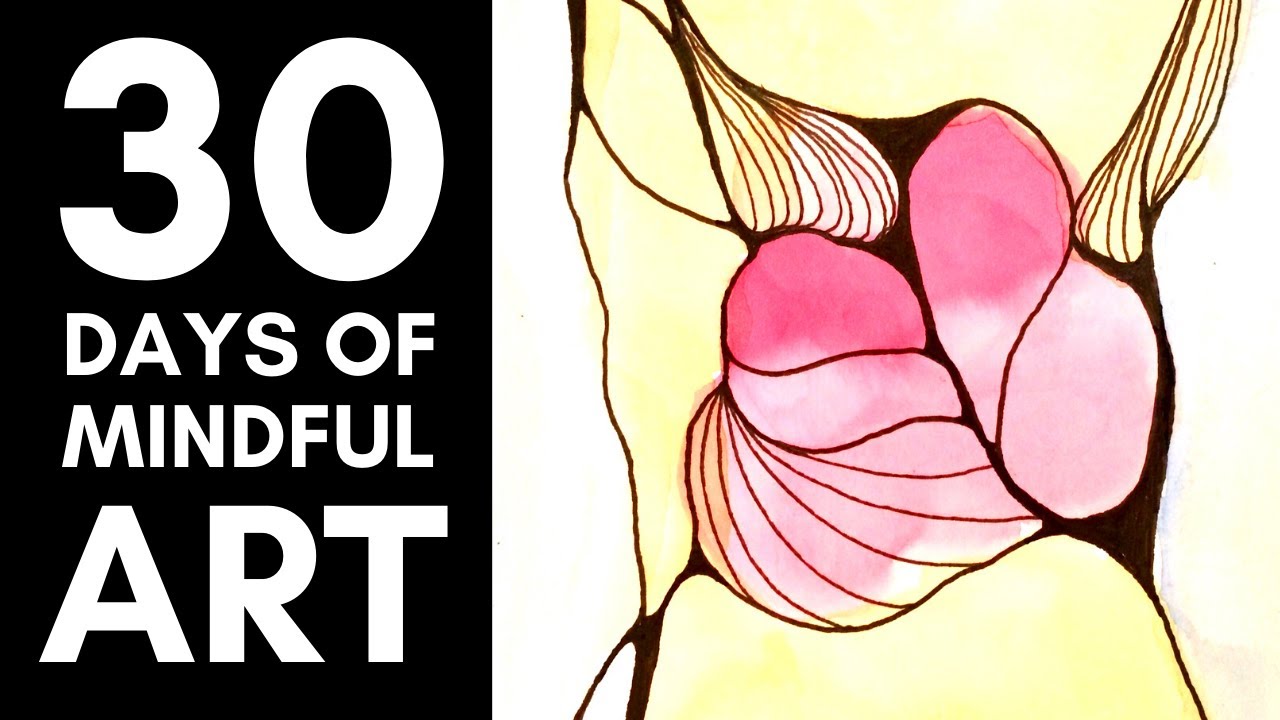Unlocking the Creative Potential of Art Education
Art education plays a vital role in fostering creative thinking and expression in individuals of all ages. From painting and drawing to sculpting and digital design, art provides a platform for self-expression and exploration. However, the benefits of art education go far beyond just nurturing creativity; it has a profound impact on cognitive, emotional, and social development. In this blog post, we will explore the various ways in which art education unlocks the creative potential of individuals and why it should be an essential part of every educational curriculum.
1. Enhancing Creative Thinking:
Art education stimulates imagination and encourages original thinking. It nurtures creativity by developing problem-solving skills, encouraging experimentation, and promoting out-of-the-box thinking. Through art, individuals learn to express themselves uniquely, develop their own artistic voice, and explore different perspectives. These skills are invaluable not only in the art world but also in other areas of life and work.
2. Boosting Cognitive Abilities:
Engaging in art activities helps improve cognitive functions such as critical thinking, spatial reasoning, and memory retention. Art education requires individuals to observe, analyze, and interpret visual information, thereby nurturing their ability to think critically and make connections between different ideas. Studies have shown that art education positively impacts academic performance in various subjects, including math and science.
3. Developing Emotional Intelligence:
Art is a powerful medium for self-expression and emotional release. Through art, individuals can express their feelings, thoughts, and experiences visually, allowing them to better understand and communicate their emotions. Art education teaches individuals to identify and process their emotions, leading to enhanced emotional intelligence, empathy, and self-awareness. These skills are crucial for fostering healthy relationships and navigating the complexities of the world.
4. Encouraging Innovation and Adaptability:
The creative thinking fostered by art education equips individuals with the skills needed to approach problems in innovative ways. Art encourages experimentation, risk-taking, and learning from mistakes – all essential traits for innovation in any field. In a rapidly changing world, adaptability is key, and art education helps individuals develop the flexibility to embrace new ideas, perspectives, and technologies.
5. Cultivating Cultural Appreciation:
Art education exposes individuals to a diverse range of artistic styles, traditions, and cultures. By studying art, individuals learn to appreciate and respect different forms of artistic expression from various societies and time periods. This exposure fosters cultural understanding, helps combat stereotypes, and encourages tolerance and inclusivity.
6. Enhancing Social Skills and Collaboration:
Art education provides opportunities for individuals to collaborate, share ideas, and work together towards a common goal. Collaborative art projects promote teamwork, communication, and respect for others’ viewpoints. Through art-making, individuals learn to listen, compromise, and value the input of others, essential skills for successful teamwork in any setting.
In conclusion, art education is a powerful tool for unlocking the creative potential within each individual. It enhances creative thinking, boosts cognitive abilities, develops emotional intelligence, encourages innovation, cultivates cultural appreciation, and enhances social skills. To fully realize the benefits of art education, it should be integrated into educational curricula at all levels. By prioritizing art education, we can foster a generation of individuals who are not only creative but also possess the skills needed to succeed in a rapidly evolving world.











